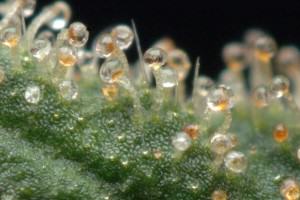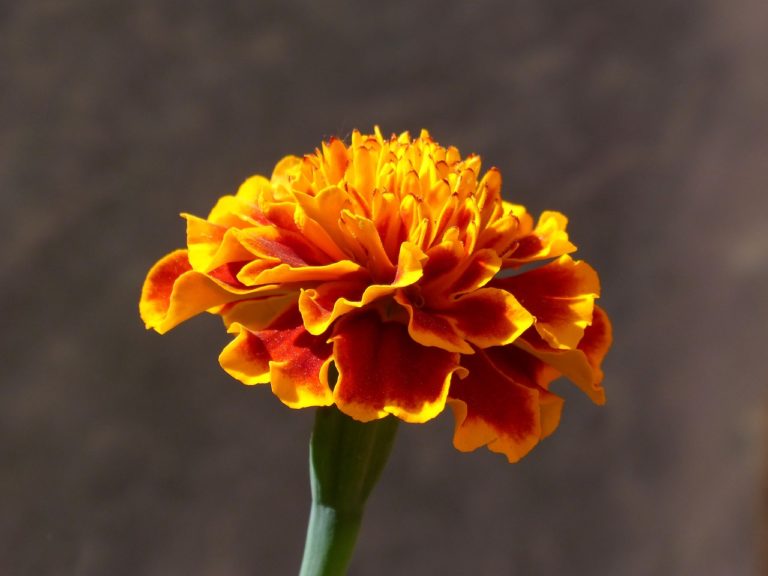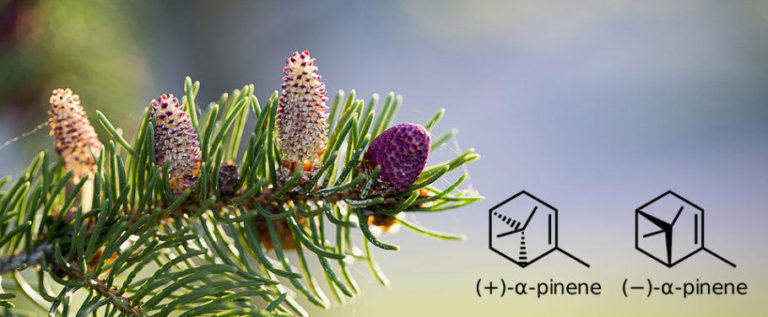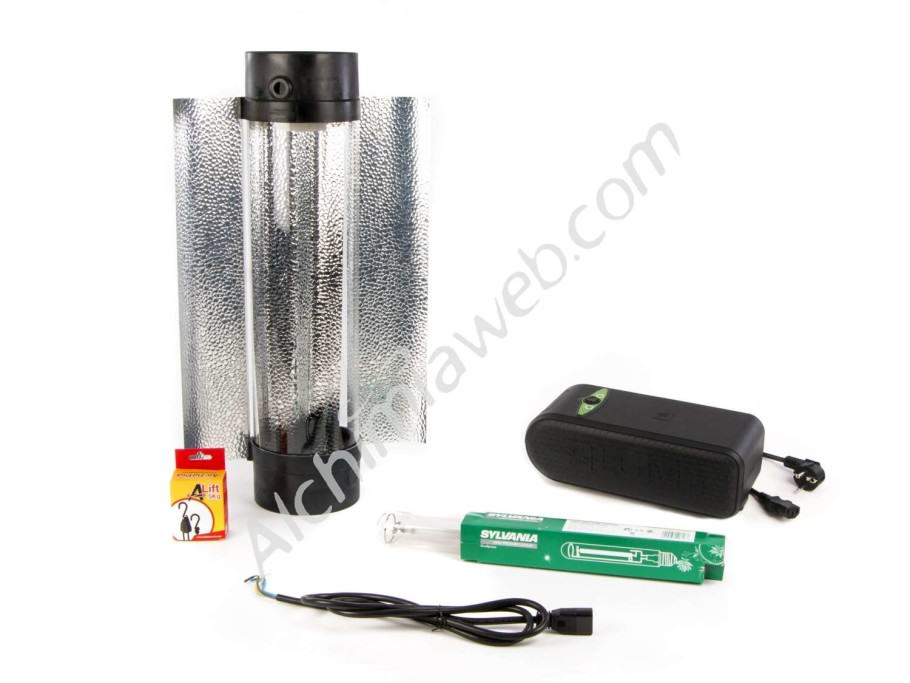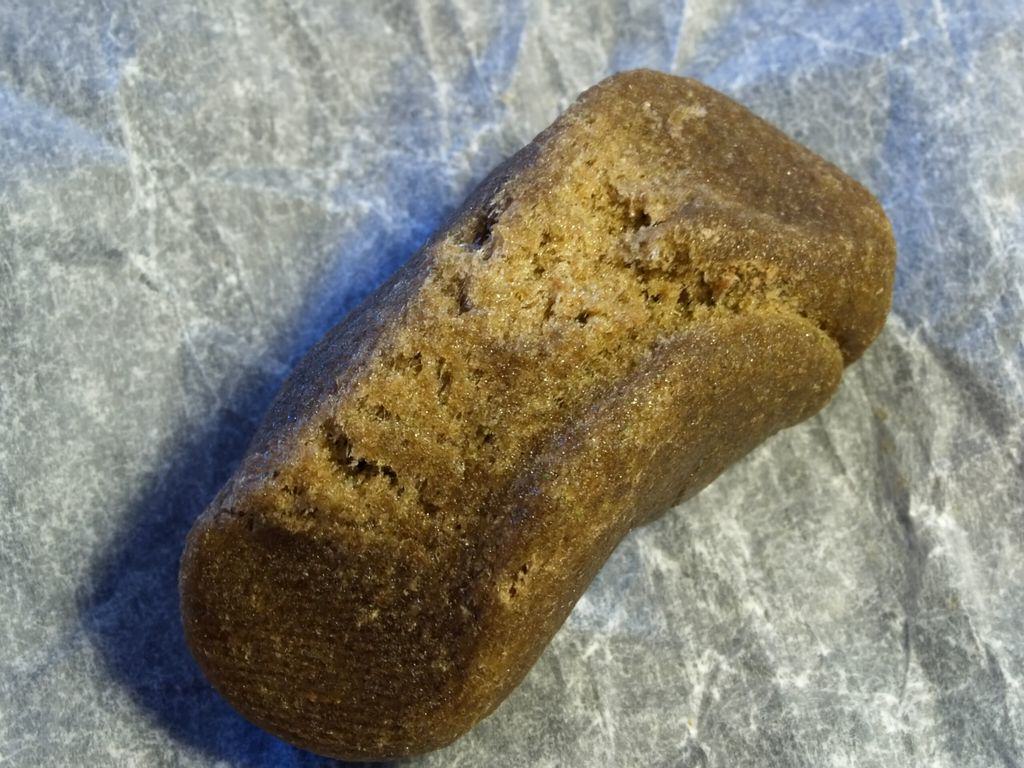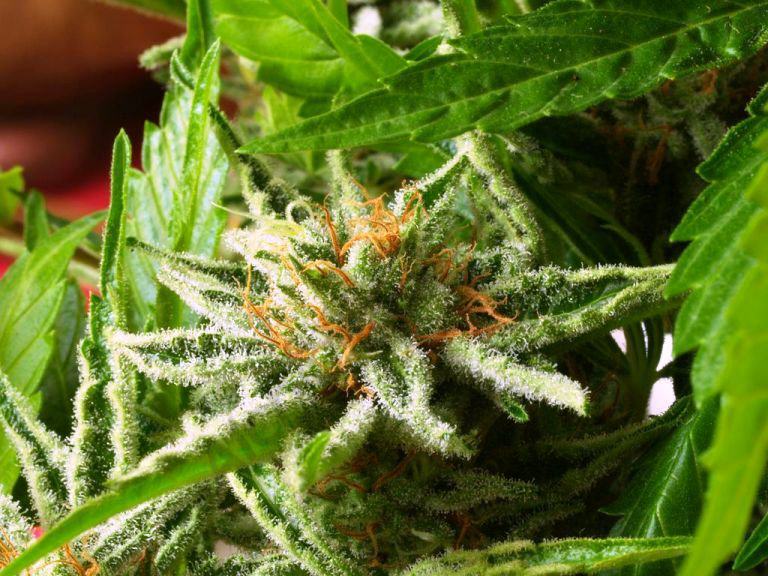How to improve the production of cannabis trichomes
List of contents
As most of you already know, cannabis resin is in fact an accumulation of trichomes secreted by the plant, which contains the highly regarded cannabinoids and terpenes that give marijuana its particular and unique aromas, flavours and effects. Coinciding with the steady increase in popularity of extractions and concentrates in recent years, the resin production of a particular strain or plant is a trait that is becoming more valued by growers and extracts producers who refuse to invest time and effort in the cultivation of plants with a small amount of trichomes.
When to harvest marijuana plants according to trichome ripeness
Here you have a translation of an article from TGA Subcool about the harvest of cannabis plants. Both the effect and taste of marijuana are directly related to its harvesting time. How to know which is the perfect time for harvest? What are trichomes and how to harvest plants depending on their colour? How to maximize your crops according to the desired effect? Here you have the answers to all these questions, with examples and personal experiences...Subcool
Of course, this interesting trait has a lot to do with the plant's genetics. Parental crosses that produce a big amount of resin have a much higher probability that their offspring also stand out in this department, so more and more breeders are now using the most resinous strains available in their projects. Nevertheless, and regardless of the resin production "dictated" by the genetics of each strain, you, as a grower, can use a number of tricks that will make your plants produce more trichomes, which ultimately will mean better buds with a more intense aroma and a more powerful effect. Below we explain some of these tricks, as well as others that can help you to increase your production of cannabinoids and terpenes.
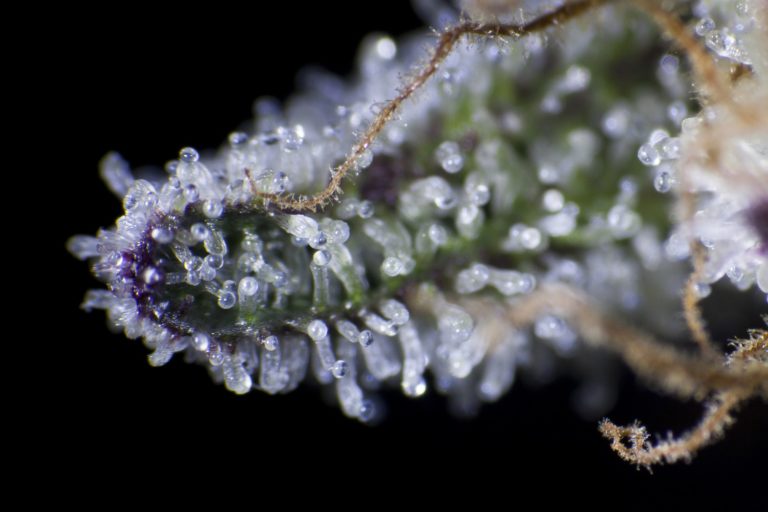
Cannabis Trichomes
In several of our articles we have already talked about marijuana trichomes, as well as of the different types of trichomes that can be found in cannabis. We have also seen how the colour of the glandular trichomes can help us determine the plant's maturity level, so that the majority of growers can follow the rule of harvesting according to trichome ripeness instead of other less reliable methods. As the plant grows and increases its cannabinoid and terpene content, the trichomes will change colour, letting you know when is the best moment to harvest the plant, with its organoleptic and psychoactive (and also medicinal) properties at their peak.
It is believed that the plant produces resin (trichomes) as a defense mechanism against different threats, not only for the plant's survival, but also to protect the seeds after the plant dies and they must remain dormant during the winter, waiting to germinate the following spring. The female plants of cannabis produce several types of trichomes to a greater or lesser degree:
- Unicellular trichomes: They can be found during the first days of the plant's life, especially in the leaves. They are linked to temperature regulating functions, as well as transpiration reduction or water loss. They are similar in shape to a small and fine hair.
- Cystolithic trichomes: Similar to the previous trichomes, these also can be found at a very early age, and have a similar shape to the unicellular ones, with the only difference that the cystolith is at the trichome's base. The roughness of their surface is related to a possible defense against insects.
- Bulbous trichomes: Within the glandular trichomes with a round shape, the bulbous are the smallest, with a size of 10-20 microns. They can be found in all the parts of the plant, even the stems.
- Sessile trichomes: They are small round glands of about 25 microns in diameter and without any foot or stem. They can be found in both leaves and anthers (in this case, their size will be larger, of about 80 microns), and are the second largest glandular trichomes in size.
- Glandular stalked trichomes: They are the biggest producers of cannabinoids and terpenes, so they are highly appreciated by both growers and lovers of resin extractions. This is the type of trichomes you want to boost in your plants, because the flavours, aromas and effects of your flowers and extracts will depend on their amount. Given the numerous antibacterial, antifungal, etc. properties of the various cannabinoids and terpenes, it is believed that the plant secrets these substances to protect the seeds that grow within them, and which should be kept viable until spring, free of pests, fungi, diseases, and even the sun’s UV-B rays.
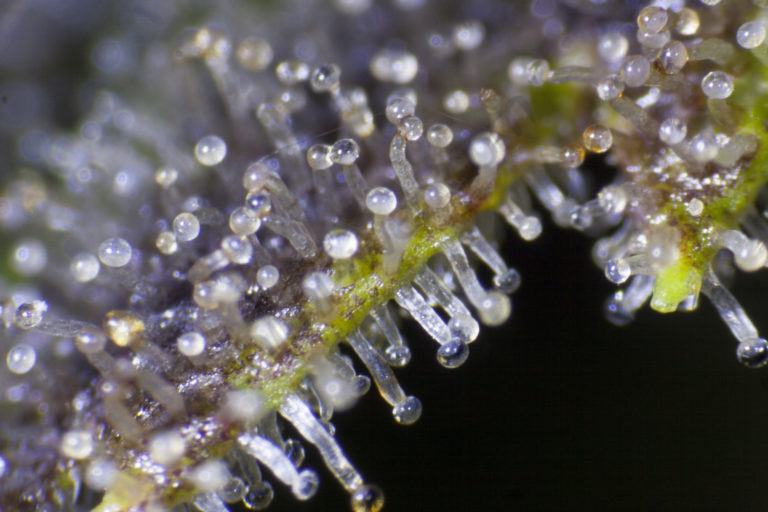
Methods to boost cannabis trichome production
Below we suggest several things you can do to increase the resin production of your plants, whether they are feminized, autoflowering, regular or clones. As you will see, on many occasions, it's about simple aspects related to the lighting system, plant nutrition, and environmental conditions within the cultivation area.
Grow lights
It is important to choose the correct grow lights, especially if you want to get the most out of your plants. Usually, HPS or sodium-vapor lamps, have the reputation of being the best lights to cultivate cannabis, both because of their light spectrum and output, although with the surge of new types of luminaires, growers are already getting better results.
Indeed, the new CMH/LEC lighting kits offer better benefits than the conventional HPS lamps, thanks to a broader spectrum which includes UV-B rays, the type that are present in sunlight. The plants that bloom under these new lights, - as well as under next generation new LED panels - produce more buds per square meter, and they also have a higher content of terpenes and cannabinoids such as THC; it is believed that one of its functions is to protect the plant of the sun’s UV-B rays, so submitting the plants to a UV-B rays source will cause an increase in the production of this compound (years ago, some growers were already using UV-B lights for their terrariums during the last few weeks of cultivation, in order to increase the trichomes production and the compounds developed by and stored in them).
The difference is significative; scientific studies have shown an increase of up to 28% in the THC levels of the studied plants, which is nearly one-third more THC than when growing without the support of UV-B rays. The production of other cannabinoids (such as CBD) does not seem to be affected, although it has been reported a bigger essential oils content, that is to say, terpenes. If you are interested in increasing the terpene content of your plants, don't miss our article on allelopathic plants and cannabis cultivation.
Cannabis and allelopathy
How do plants interact with each other? Can you achieve better yields growing other plant species simultaneously? Allelopathy is a phenomenon by which a living organism has a direct impact on other organisms in its environment. In this article, we’ll tell you more about this, and explain how growing other types of plants can help you to obtain healthier and more productive cannabis.
Nutrition of cannabis plants
A plant with a nutrient deficiency won't be able to reach its full potential, so proper nutrition according to the corresponding stage of its life cycle is essential to boost resin production. As a general rule, and to ensure a complete nutrition schedule, the cannabis plant needs the following during flowering:
- Macronutrients, especially phosphorus and potassium
- Micronutrients
- Vitamins and amino acids
These are often supplemented by some or other flowering stimulator, and in some cases, with microbial life and sugars and carbohydrates. Products such as Delta 9 by Cannabiogen, Guanodiff GD Booster, Plagron Sugar Royal, and Bio Technology Inductor R, also help to encourage resin production.
Lack of irrigation
It has been proved that subjecting plants to controlled hydric stress conditions results in a substantial increase in cannabinoids such as THC and CBD. Researchers have reported an increase in the production of these two compounds in their acid form, of 12% and 13% respectively, which is quite significant. This study also showed a rise in the dry flowers’ weight compared to plants that are regularly watered. However, this controlled drought method during the flowering period does not seem to increase the production of trichomes, only that of some of the substances secreted by and stored in them.
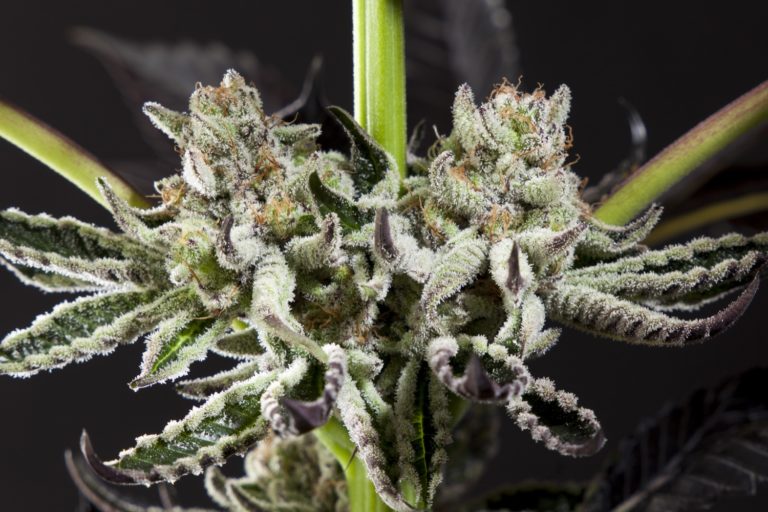
Temperature and humidity
The grow room (and also drying room) temperature and humidity levels are two determining factors that can boost the production of glandular trichomes in the cannabis plant. The plants won't be able to properly develop at lower temperatures, while if they are too high, both the resin production and quality will be seriously impaired. Therefore, if you want to maximize the amount of resin, you need to use temperatures ranging from 18ºC (at night) to 25ºC with the lights on, especially during flowering (these values can be lowered a few degrees over the last 2-3 weeks).
And something similar can be said of relative humidity. If it's too low, it could be harmful to the plants, while if it's too high, it will have a negative impact and promote the appearance of fungi. That's why a relative humidity of about 50% is generally recommended. However, and in order to encourage the production of trichomes, this value can be lowered during the last few weeks to 30%. To do this, you can either use an air conditioner unit (which also lowers the temperature) or a dehumidifier, but you'll have to be very careful with the latter, as it also generates hot air.
We hope that these simple tricks will help you to achieve plants with higher amounts of trichomes; we can assure you they work especially well when combining several – or ideally all - of them.
Happy growing!
Selected references:
- The Effect of Light Spectrum on the Morphology and Cannabinoid Content of Cannabis sativa L., Gianmaria Magagnini, Gianpaolo Grassi, Stiina Kotiranta
- UV-B radiation effects on photosynthesis, growth and cannabinoid production of two Cannabis Sativa chemotypes, John Lydon, Alan H. Teramura, C. Benjamin Coffman
- Increasing Inflorescence Dry Weight and Cannabinoid Content in Medical Cannabis Using Controlled Drought Stress, Deron Michael Caplan, Mike Dixon, Youbin Zheng
- Chemical Ecology of Cannabis, Pate, D.W.

















































